The Consortium
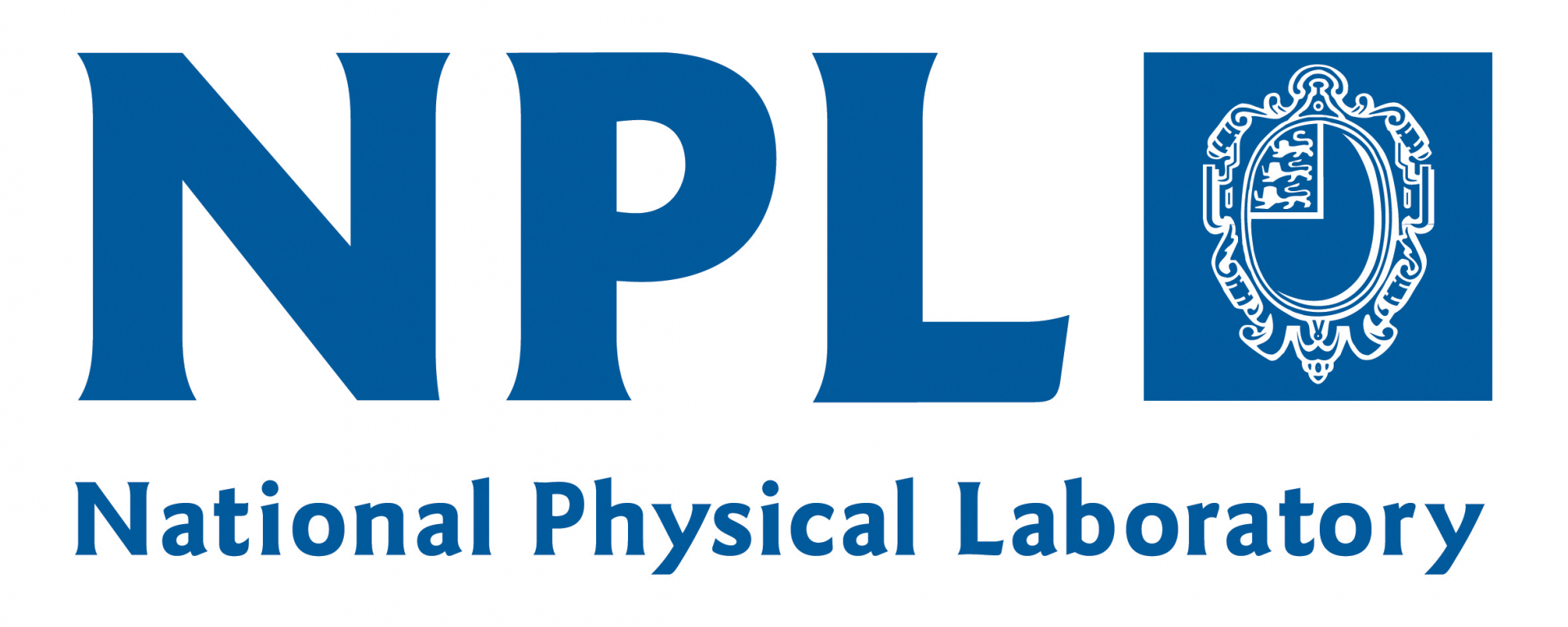
The National Physical Laboratory (NPL) is the National Metrology Institute for the UK. NPL coordinates the Real-K project and plays a leading role in generating project impact. NPL has world leading capability and expertise for low uncertainty thermometry from 77 K to >3000 K. NPL will contribute technically to Real-K through; construction, characterisation and determination of the thermodynamic temperature of HTFPs (WP1), measure type 3 uniqueness (NUC) and take partner data to develop ensemble of NUC data for uncertainty reduction (WP3) and use its speed of sound data to determine acoustic virial coefficients for Ar (WP4).

Centro Español de MetrologíaCentro Español de Metrología is the Spanish NMI and has strong expertise in primary radiation thermometry up to 2500 °C. CEM currently chairs EURAMET TC-T and hence is well placed to facilitate project impact. CEM will technically contribute to WP1 through construction of HTFPs of Fe-C and Pd-C and determine the thermodynamic temperature of Fe-C, Pd-C, Ru-C and WC-C.
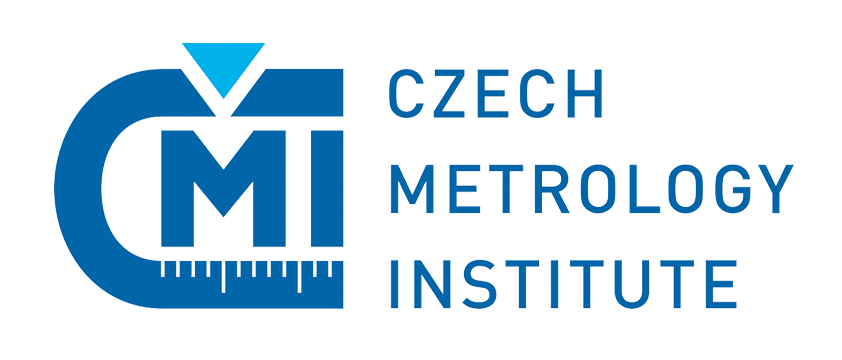
CMI is the Czech NMI. In Real-K CMI will work in WP1 where it will provide measurement capabilities to determine furnace effect and other thermal effects on the performance of the HTFPs Fe-C and Pd-C. It will take also help facilitate the trials of traceability from the NMI to industry
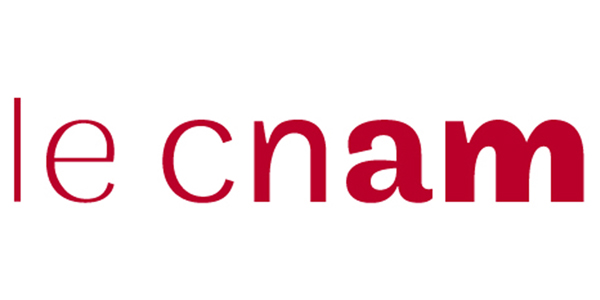
CNAM has world leading capability and staff in acoustic and radiometric thermometry. The activities of CNAM in Real-K are: Lead WP1; construct and characterise a set of new HTFP cells (e.g. WC-C), analyse thermal effects on the reproducibility of HTFPs and measure their thermodynamic temperature. In WP2 fast acoustic gas thermometry will be developed and used to determine the thermodynamic temperature of Ne and the SF6 fixed points, the latter being developed as part of CNAM‘s contribution to WP3.

INRIM is the Italian NMI and has strong experience in primary thermometry by the AGT and RIGT methods and in ITS-90 realisation, providing temperature traceability over its full range. INRIM will lead WP4 and realise speed of sound and refractive index measurements in monoatomic gases. In WP3 gas-controlled heat pipes will be used to assess the non-uniqueness of ITS-90 in the temperature range between the Al and Ag fixed points. In WP1 the furnace effect and its impact on the reproducibility of HTFP will be determined.
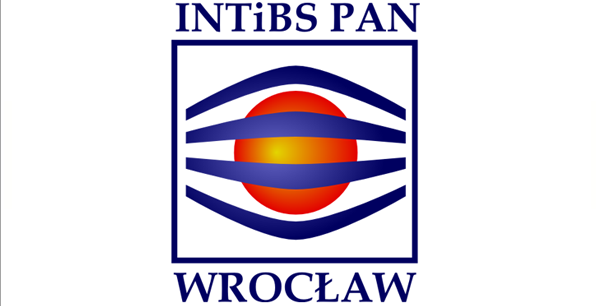
INTiBS has long experience in low temperature thermometry. The institute has unique cryostats (helium, nitrogen and liquid free) for low uncertainty testing of low-temperature thermometers between 2 K up to 300 K. In Real-K INTiBS will contribute to WP3 determining type 3 non-uniqueness uncertainty contributions in the low temperature range.

IPQ is the Portuguese NMI and the temperature Laboratory is responsible for the realisation of ITS-90 from the Ar point to 2500 °C. IPQ actively participates in EURAMET TC-T and CIPM CCT. In Real-K IPQ will work on evaluation of ITS 90 Type 3 non-uniqueness.
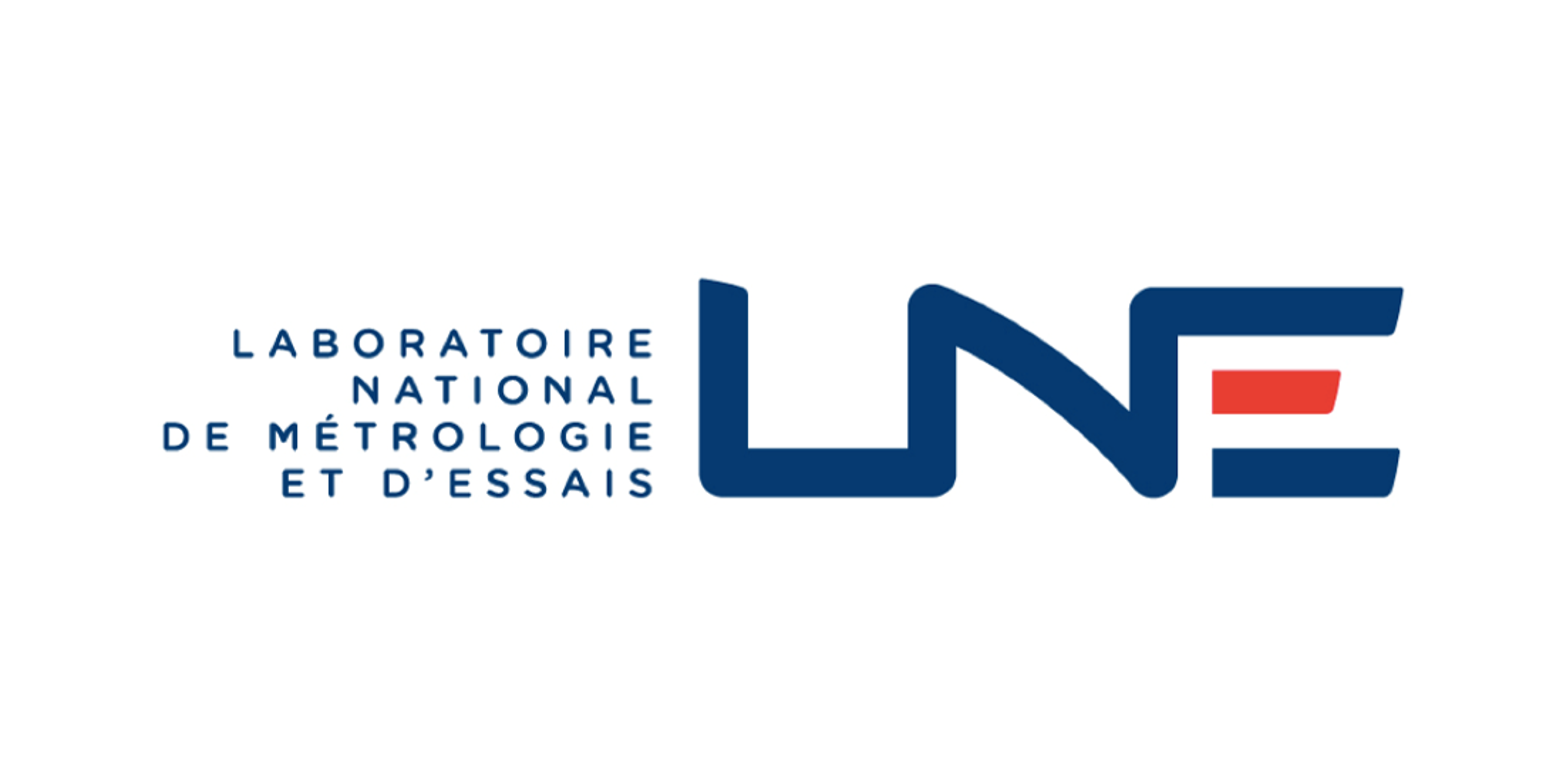
LNE is the French NMI and has a joint laboratory with CNAM (LNE-Cnam) where the “Thermal Metrology” department is responsible for the French national temperature standards. Through the involvement of LNE staff, LNE will actively contribute to the actions undertaken by CNAM in the frame of their joint laboratory, especially pertaining to WP2 and WP4.
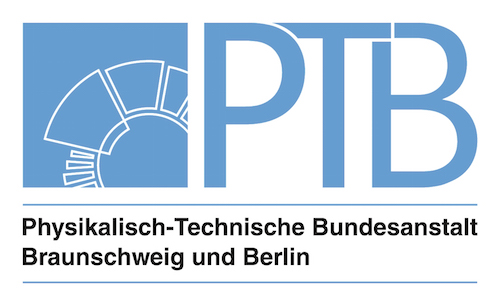
PTB is the German NMI and has extensive experience in primary and practical thermometry. PTB is the only NMI that realises and disseminates both the ITS-90 and the PLTS 2000 in the range from 0.9 mK to 3300 K. PTB achieved the most accurate non-acoustic determination of the Boltzmann constant using DCGT. In Real-K PTB will lead WP2, and in WP4 the dielectric constant and the density of pure gases will be determined with a combined DCGT + Burnett apparatus.
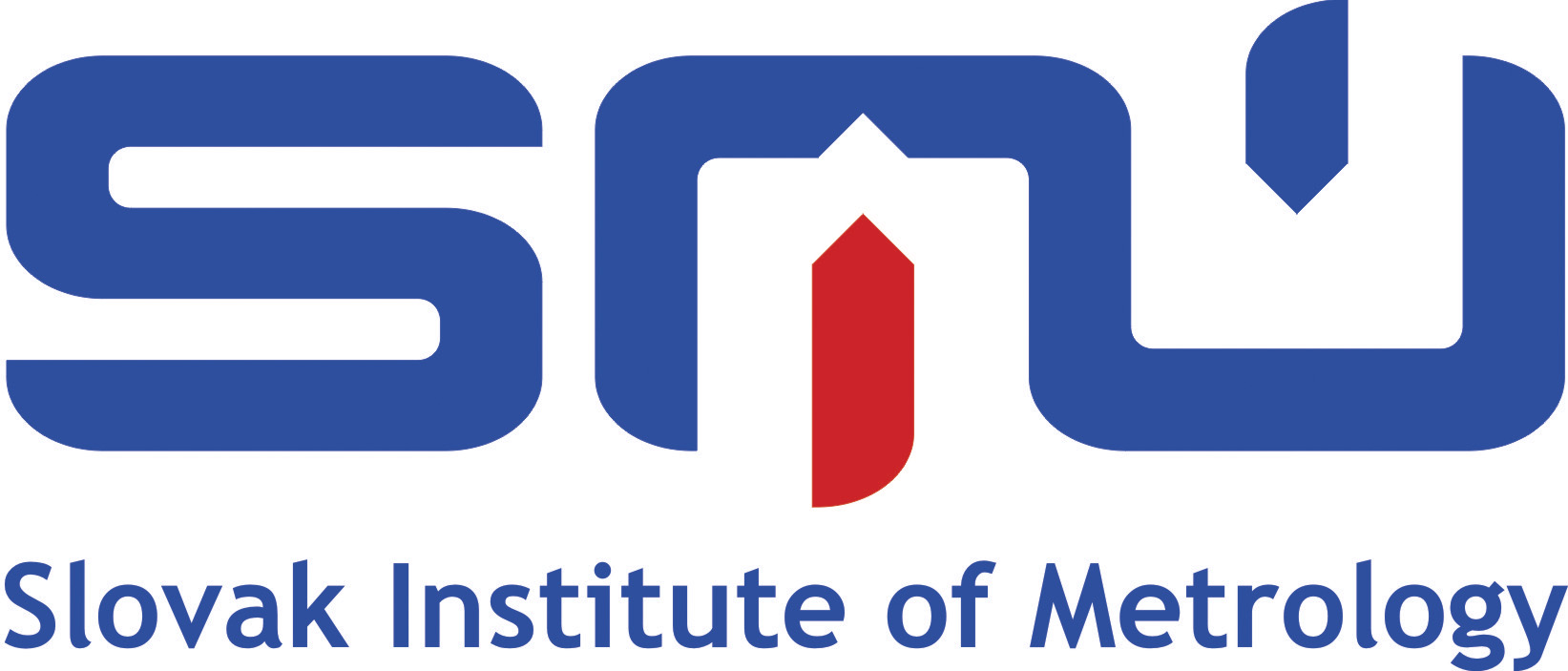
SMU is the Slovakian NMI with a strong international presence in BIPM, COOMET and EURAMET. SMU has successfully worked in a number of international projects focused on contact thermometry and uncertainty calculations. In Real-K SMU will work in WP3 to determine the effects of uncertainty propagation in ITS-90 sub-ranges when the mercury triple point is replaced by fixed points of SF6 or CO2.
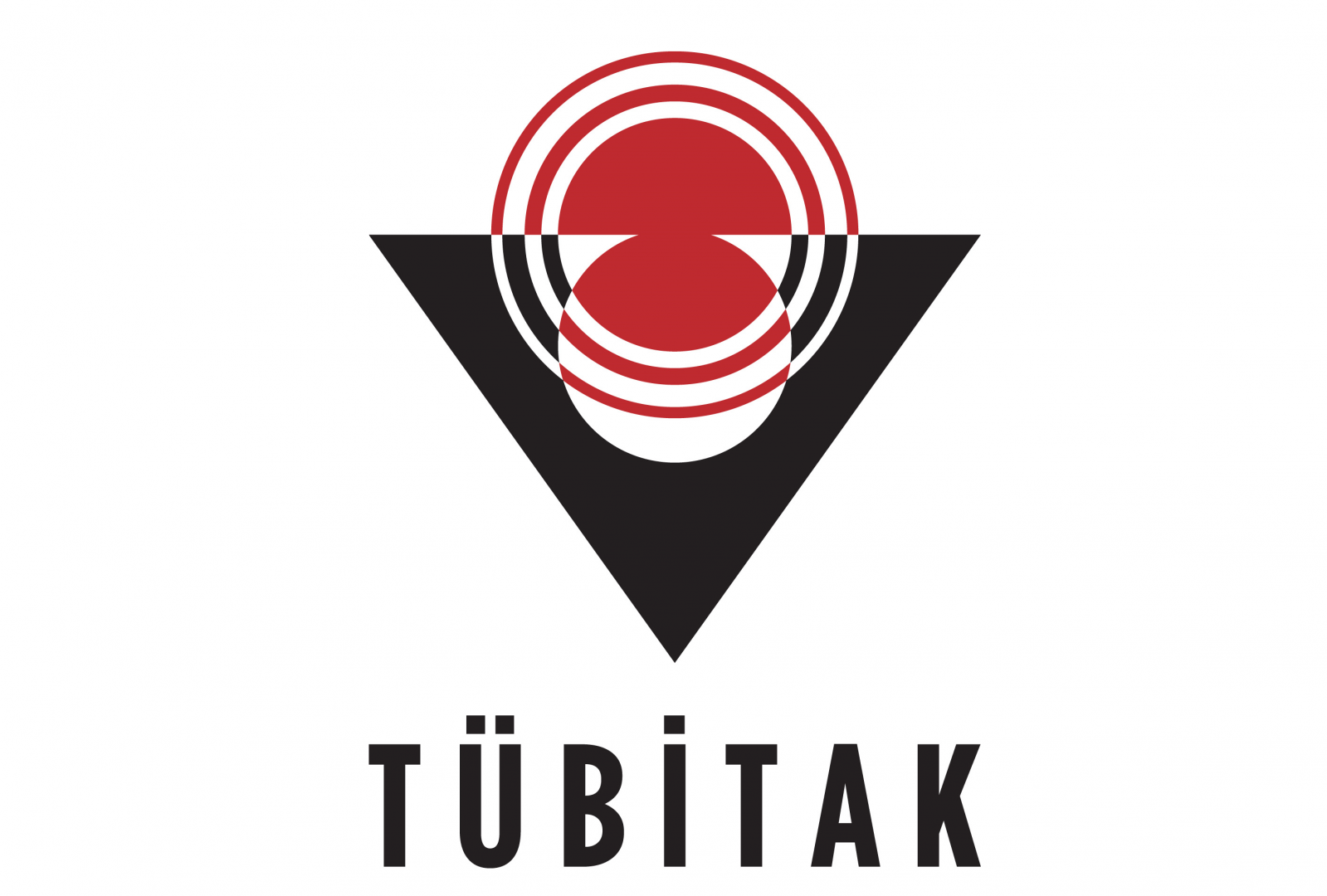
TUBITAK is the Turkish NMI and has leading capability for performing low uncertainty temperature measurements >77 K up to 3000 K. In Real-K TUBITAK will contribute carry out studies of thermodynamic temperature of HTFPs (WP1) and construct and characterise triple point of CO2 cells (WP3).

UL is the NMI responsible for temperature in Slovenia. The contact temperature laboratory has leading facilities for the realisation of the ITS-90 from the triple point of Ar to the freezing point of Cu comparable to the best laboratories in the world. Within WP3 UL will investigate ways of decreasing the non-uniqueness uncertainty of the ITS-90 using different sets of fixed points and equations.
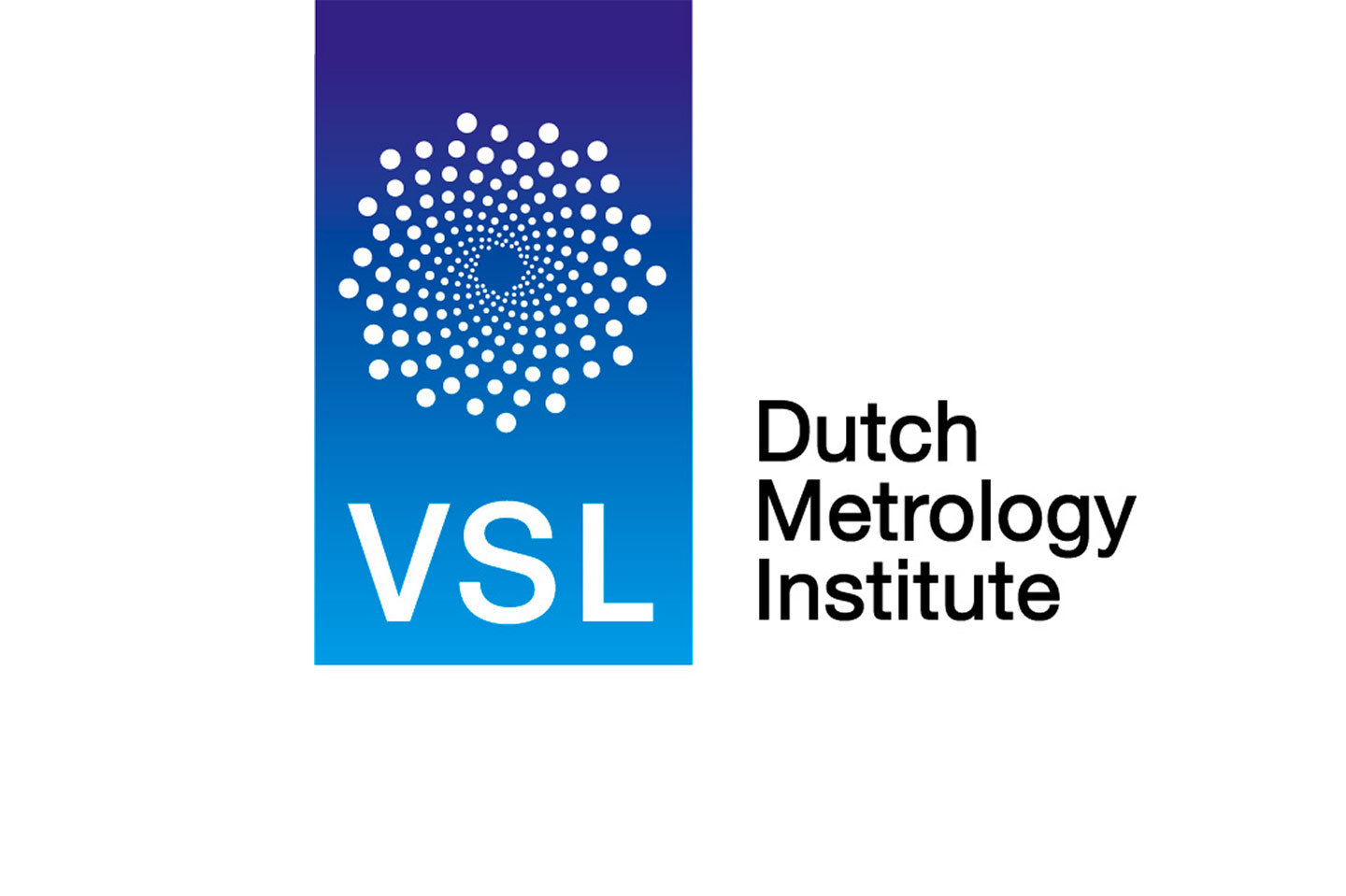
VSL is the Dutch NMI, with the Contact Thermometry Laboratory being one of the leading thermometry laboratories in Europe and one of the few in the world with an original realisation of the International Temperature Scale of 1990 (ITS-90) based on a set of in-house manufactured fixed-point cells. VSL will act as work package leader of WP3 and will give a relevant technical contribution to the activities related to the reduction of the non-uniqueness uncertainty of the ITS-90.
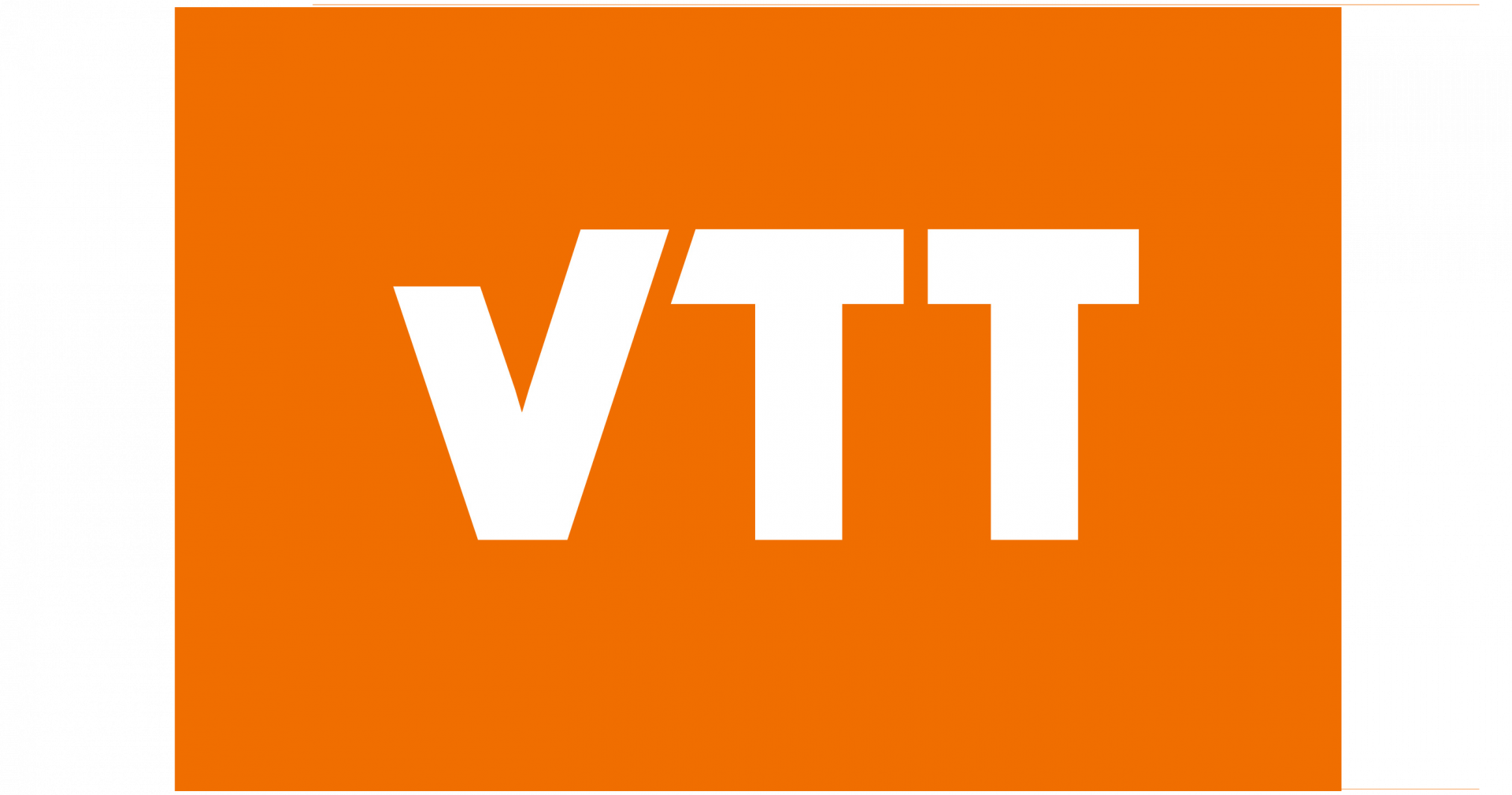
VTT is the NMI of Finland with the Metrology activities carried out by the Centre for Metrology (MIKES). VTT has wide experience with cryogenic measurement standards and primary low-temperature thermometry. In WP2, VTT will use its dilution refrigerator facility and access to the Micronova Nanofabrication Centre to develop and fabricate new Coulomb blockade thermometers optimised for the temperature range from 1 K to 25 K. In addition, VTT will also lead WP5 on Impact.

Aalto has world renowned researchers in the field of ultra-low temperature research. It has access to the Micronova Nanofabrication Centre that has cutting edge nanofabrication tools to construct unique Coulomb Blockade Thermometers (CBT) whilst the Low Temperature Laboratory has numerous platforms for low temperature experiments. In WP2 Aalto will develop new CBTs extending the working temperature range to 25 K and improving their practical use as primary thermometers.
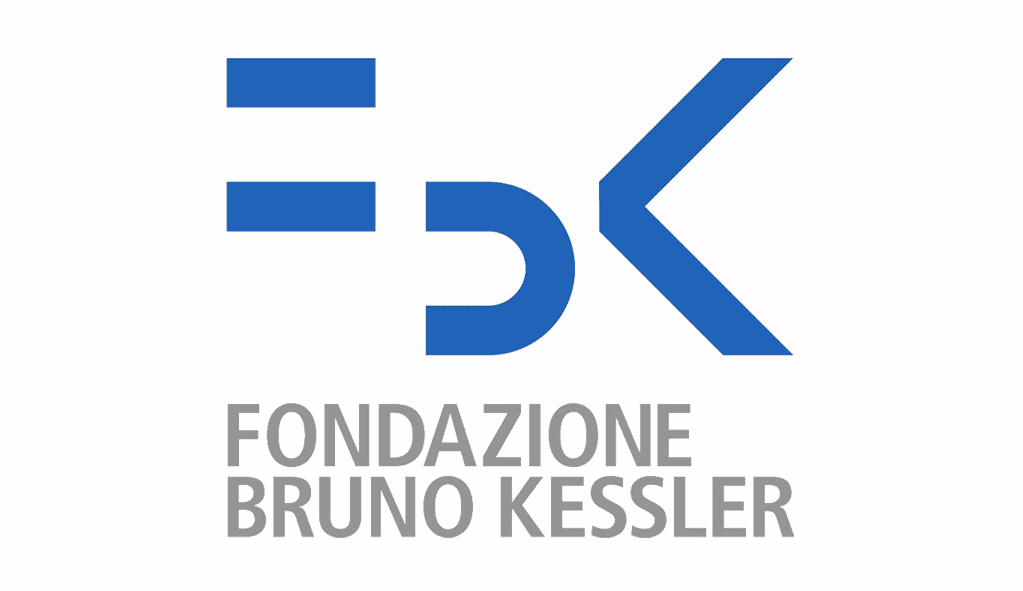
FBK has extensive experience in high-accuracy calculation of thermophysical properties (e.g. 2nd and 3rd density virial coefficients, acoustic virial coefficients) of monatomic and molecular gases from first principles. The use of path-integral Monte Carlo methods enables quantum diffraction and quantum statistical effects to be accounted for with no uncontrolled approximations. FBK will significantly contribute to WP4 by calculating the thermodynamic and transport properties of atomic gases.
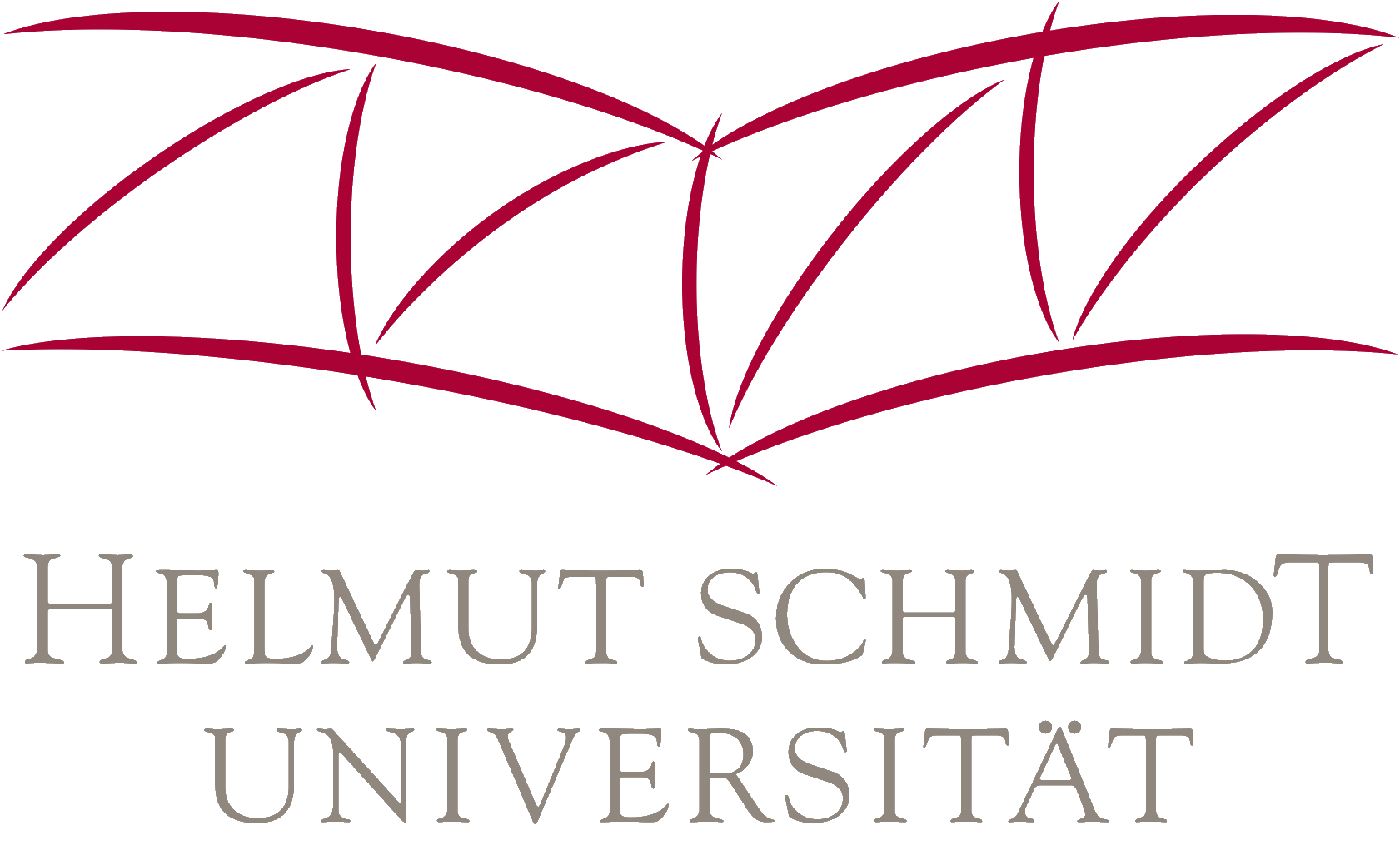
HSU has capabilities and long-term experience in speed-of-sound measurements with highly accurate pulse-echo instruments for compressed gases and liquids, recently used for e.g. to obtain acoustic data for compressed Ar, N2 and Kr. HSU will contribute accurate measurements of the speed of sound of Ne over an extended density range. HSU has strong links to the international thermophysical properties research community for e.g. the co-chair of a WG within IAPWS.
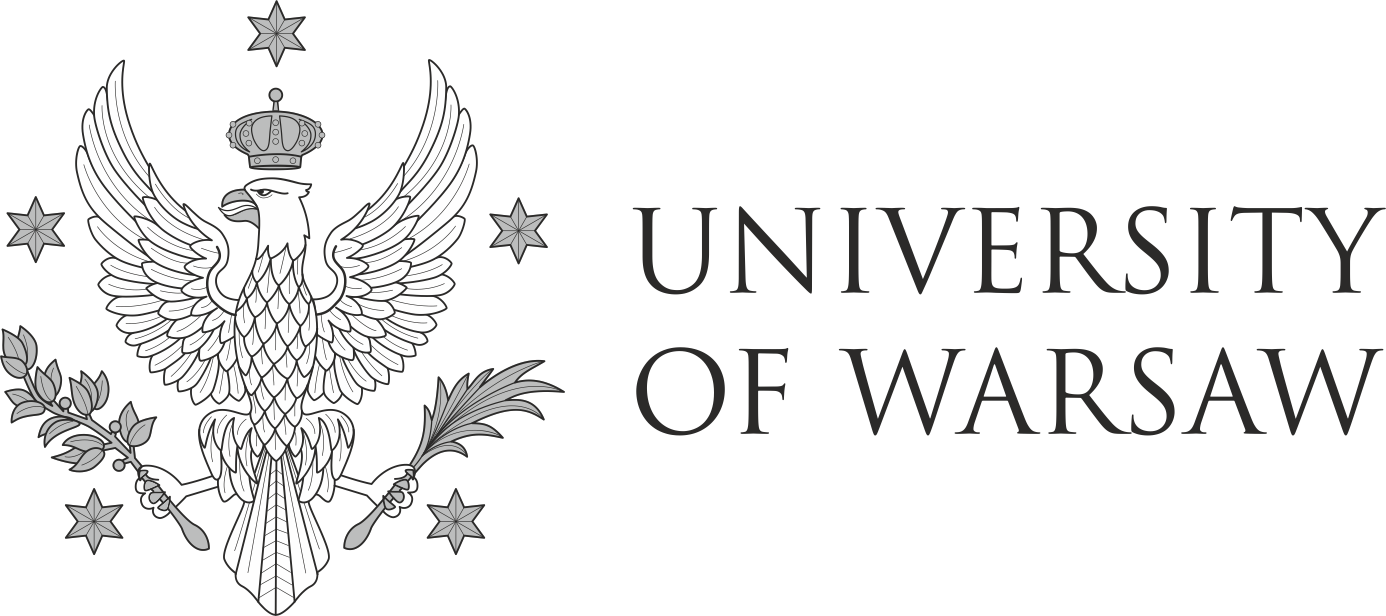
UW is the University of Warsaw’s Quantum Chemistry Laboratory, a world leading group in the field of theory of interatomic and intermolecular interactions. It has contributed to the development of state of the art methodology and established the means to calculate the most accurate interatomic and intermolecular potentials for small systems, including static and dynamic polarisability of helium, pair potentials for He, Be and Sr, and the spectroscopic properties of the H2 molecule. UW will contribute by calculating significantly improved potentials and thermodynamic properties of He, Ne and Ar.

NIM is the Chinese National Measurement Institute. It has world leading expertise in manufacturing high temperature fixed points (HTFPs) and in absolute spectral thermometry. Previous HTFPs constructed by NIM were successfully used as temperature references in a CCT comparison. NIM was an unfunded partner in the previous InK-1/InK-2 projects and contributed measurements of thermodynamic temperature from ~1300 K to 3000 K. NIM will use its capabilities to construct and measure of thermodynamic temperature of HTFPs (WP1) with low uncertainties.
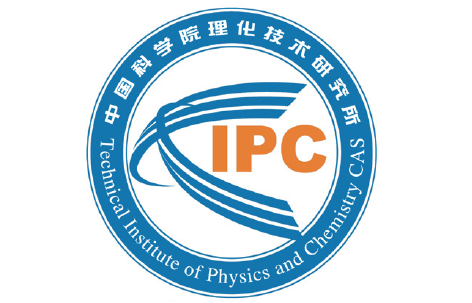
TIPC-CAS has long established capability in low temperature thermometry <25 K. TIPC-CAS will undertake research as an unfunded partner in WP2 on single pressure refractive index thermometry (SPRIGT) between 5 K and 25 K. TIPC-CAS will compare two thermometers calibrated by fast-AGT from LNE-Cnam and two thermometers calibrated by CVGT from NPL with two thermometers calibrated by SPRIGT at TIPC-CAS in the range 5 K-25 K.
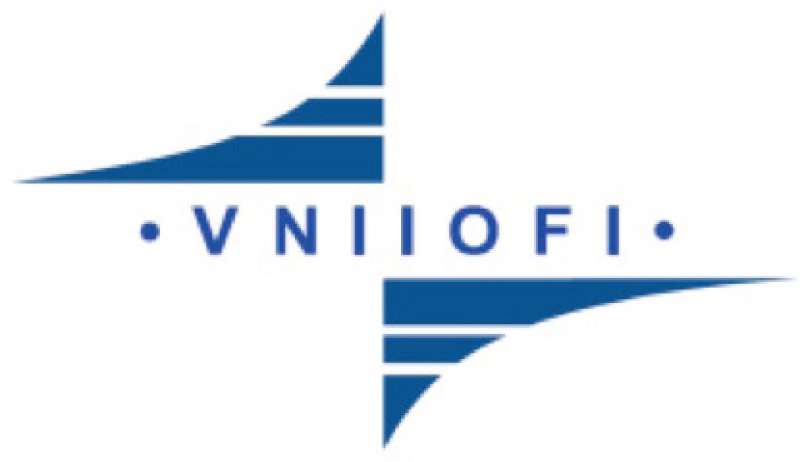
VNIIOFI is an NMI of the Russian Federation and is responsible for primary standards of photometry and radiometry (e.g. spectral radiance/irradiance) and is very experienced in the construction/use of variable and fixed-point blackbody sources, and radiation thermometers. Within Real-K VNIIOFI will construct and measure the thermodynamic temperature of WC-C and Ru-C cells using primary radiometry and by comparison to previously evaluated HTFPs.